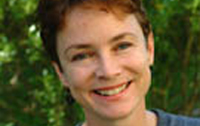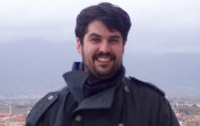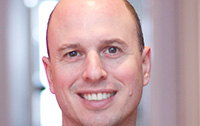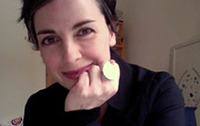Depuis quelques années, j’ai orienté mes intérêts vers trois principales pistes. La première consiste en une intervention critique sur la phénoménologie herméneutique depuis Heidegger. J’ai interrogé le «tournant théologique» de la phénoménologie française des vingt-cinq dernières années en cherchant à déterminer la relation entre celui-ci et l’herméneutique de la rencontre avec autrui chez Levinas? Cette question en implique d’autres : Que signifie une lecture «séculière» de Levinas? Comment cette dernière se distingue-t-elle d’une lecture influencée par la pensée juive? Enfin, quel est la contribution de Levinas à la question de la sensibilité de la chair « intersubjective »? Je m’appuie sur les contributions récentes de commentateurs français, dont J.-M Salanskis, G. Bensussan, entre autres.
La seconde piste de mes recherches poursuit le «destin» de certains concepts philosophiques et psychologiques (Affektus , Leidenschaft , Seele) suite à la révolution kantienne et en considérant l’émergence de la neurologie et de la psychiatrie matérialistes en Europe, surtout en France et en Allemagne. Ce questionnement fait partie d’un travail de longue haleine sur la sensibilité considérée à partir de 1813 (cf. Hegel, La philosophie de l’esprit ).
La troisième piste approfondit mes recherches en psychanalyse freudienne et, avant tout, sa réception française (Lacan, Pontalis, Laplanche). Il s’agit d’un domaine comportant de multiples influences et ressorts. Un des intérêts majeurs de la psychologie française se situe dans ses tentatives, partagés ou contestés, de traiter avec le matérialisme hérité du XVIIIe siècle (cf. J-M. Charcot, P. Janet). Mais l’intérêt principal de cette psychologie tient dans son effort de perpétuer un questionnement philosophique au sein du discours psychologique lui-même (cf. M. Pradines et M. Merleau-Ponty).










